
CAROL BOWEN
Published by Grub Street, 4 Rainham Close
London SW11 6SS
Copyright 1997 Grub Street, London
Text copyright 1997 Carol Bowen
Jacket design Nick Denchfield
Design Copyright 1996 Grub Street
Illustrations:Andrea Darlow
Reprinted 2002, 2004, 2007, 2010 (twice)
The moral right of the author has been asserted.
All rights reserved. No part of this publication may be reproduced, stored in a retrieval system, or transmitted in any form or by any means, electronic, mechanical, photocopy, recording or otherwise, without prior permission of the publisher.
British Library of Cataloguing in Publication Data
Bowen, Carol
The basic basics home freezing handbook
1. Home freezers 2. Frozen food 3. Food Preservation
I.Title
641.45
ISBN 978-1-898697-62-6
eISBN 978-1-908117-68-7
Mobi ISBN 978-1-908117-68-7
Whilst every effort has been made by the author and publisher to ensure that the information contained in this book is accurate neither can accept responsibility for any errors contained herein.
ACKNOWLEDGEMENTS
I would like to express my thanks to the following companies who have helped with freezing information for this book:
Birds Eye Foods
British Meat Information Service
Danish Agriculture Producers
Flour Advisory Bureau
Lakeland Limited (formerly Lakeland Plastics)
Long Ashton Research Station
Milk Marketing Board
New Zealand Lamb Information Bureau
White Fish Authority
FOREWORD
I have been a devoted and enthusiastic freezer owner for so many years that it is easy to forget the days before it arrived. I take for granted a fresh strawberry mousse on Christmas Day, garden-picked peas in November and a fresh slice of my mothers apple pie when she lives some 200 miles away!
For indeed the freezer has liberated our lives. A quick canvass of friends impressed upon me the differing reasons why we have welcomed the freezer into our culinary lives. Reasons like: we can now buy and store commercially frozen foods in bulk; buy foods for out of season eating; shop when we have the time and when we feel like it; shop when the stores are quiet; shop when its easy to park the car; cook when we feel like it and have the time; cook ahead in preparation for guests or holiday eating; know there is food to hand in emergencies; store good cooks foods or those from a specialist supplier; have no wastage of leftovers; freeze food from the garden that only costs the price of the seed and your labour; buy foods when they are in season and therefore at their best and cheapest; use fuel efficiently by bulk cooking; cope with special diets or illness; and if you hate cooking, cook less often.
Your reason for buying a freezer may concentrate on one particular area in the above list, but all the advantages and benefits mentioned are available to you as you will. However, in order to make the most of your freezer, information on selecting produce, how best to prepare it, how to freeze it and for how long can prove invaluable. This information, along with some basics on home freezing, follow in a simple A to Z format for easy reference. Together with some suggestions for using such foods, I hope you will have everything you need to ensure your freezing efforts are successful.
Carol Bowen
FREEZER BASICS
HOW A FREEZER WORKS
I could seemingly blind you with science here and talk a great deal about compressors, condensers and evaporators but suffice to say, if you want an easy explanation, a freezer works on a simple principle - the extraction of heat from the cabinet. The crucial parts are the ones I have already mentioned and the magic ingredient is the refrigerant vapour. For those of you more technically minded here goes:
When the freezer motor is started, refrigerant vapour is drawn from the evaporator by the compressor and is forced under pressure into the condenser. Here the heat absorbed in the evaporator, together with that generated in the compressor, is given off, and as the vapour cools it condenses into a liquid. The liquid refrigerant is then forced into the evaporator at high pressure through a fine-bore capillary tube or expansion valve and the sudden fall in pressure as it passes into the evaporator causes the refrigerant to boil fiercely, and to change back to vapour (a process that absorbs heat). This is what freezes the food and keeps it frozen. The vapour then passes on to the compressor so that the whole cycle can begin again.
Freezing is one of the easiest and safest methods of food preservation, and the one that preserves food closest to its original state in terms of flavour, texture and nutritional value. If correctly prepared, packaged, stored and defrosted, frozen food will be indistinguishable from its fresh counterpart.
Freezing works by reducing the temperature of the food to a point at which chemical changes are reduced and micro-organisms become inactive. As soon as the food is defrosted, deterioration will begin again.
CHOOSING A FREEZER
Once you have made the decision to buy a freezer, the type you choose will be determined largely by the services you expect from it, the size of your family, the space you have available for it, the money you want to spend and the range of produce you intend to freeze. The needs, for example, of a family with a kitchen and fruit garden, and an avid interest in cooking, may differ from a family of working adults and children alike with staggered meal times or perhaps a working couple without children.
Whatever your needs it always seems better to think big. I have lost count over the number of times that I have heard friends say that they wish they had gone for the bigger model, wished they had more space to take advantage of a particular bargain and bless the friend who had space to cope with an overflow from my freezer during one very busy entertaining period. The more scientific and mathematical might like to know that as a rough guide you should allow 85-113 litres/3-4 cu ft of space for each member of the family. In other words a 350 litre/12 cu ft model is really the smallest you should consider for a family of four people. Remember that each 28 litres/1 cu ft of freezer space will only store between 9-11 kg/20-25 lb food.
There is a large choice of freezers on the market but basically they fall into three categories.
 THE CHEST FREEZER
THE CHEST FREEZER
 THE UPRIGHT FREEZER
THE UPRIGHT FREEZER
 THE COMBINATION REFRIGERATOR/FREEZER
THE COMBINATION REFRIGERATOR/FREEZER
Always spend time comparing prices in as many shops and discount houses as you can before buying. Remember too that you are also more likely to get reliable after-sales service from large reputable manufacturers.
THE CHEST FREEZER
Recognised by their box-like appearance with hinged top-opening lid, the chest freezers capacity ranges from about 125 litres/4 cu ft up to 775 litres/25 cu ft. Large models usually have counter-balanced lids which will stay open in any position and thus leave your hands free for searching or packaging.
Next page


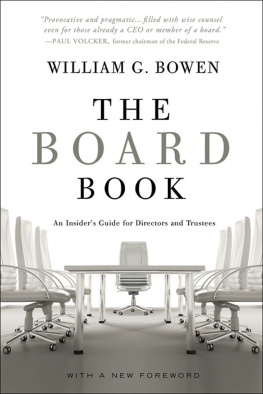


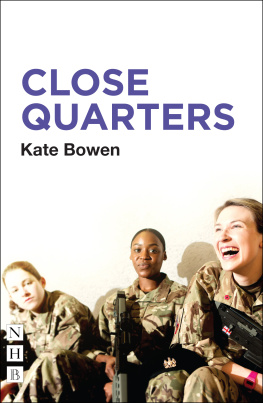
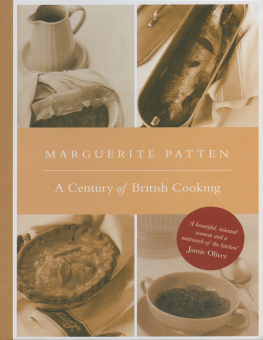

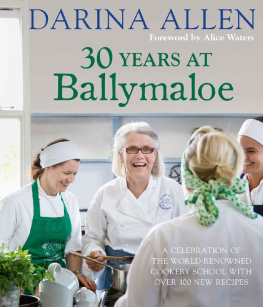

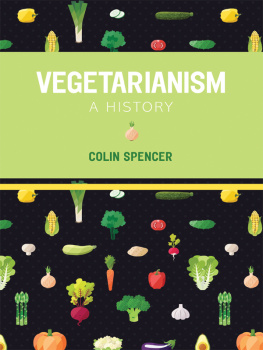
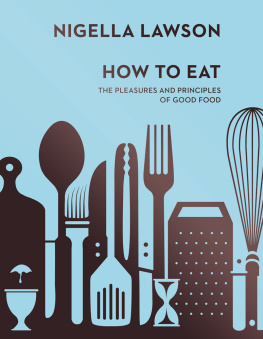


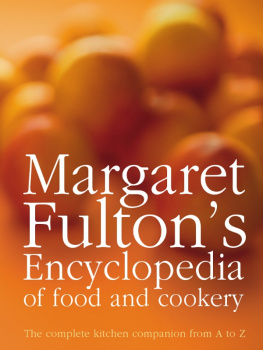
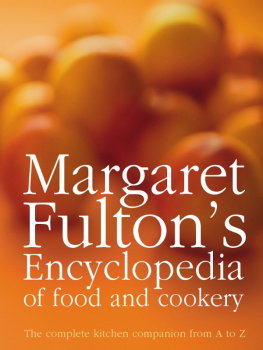





 THE CHEST FREEZER
THE CHEST FREEZER